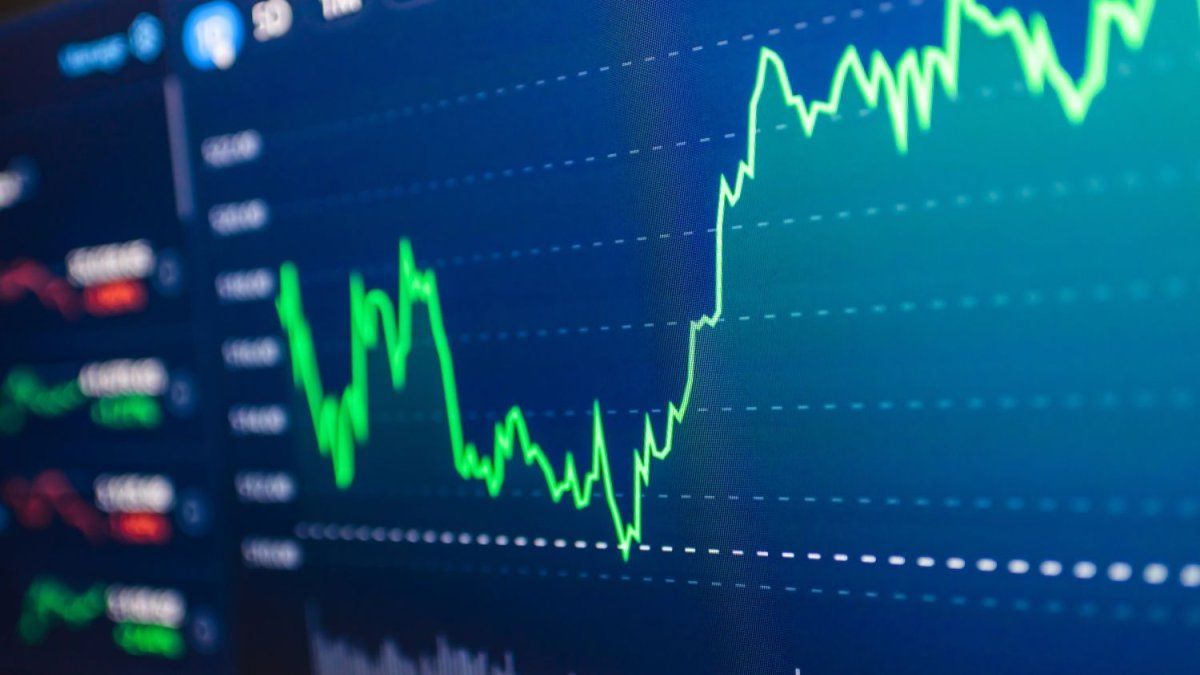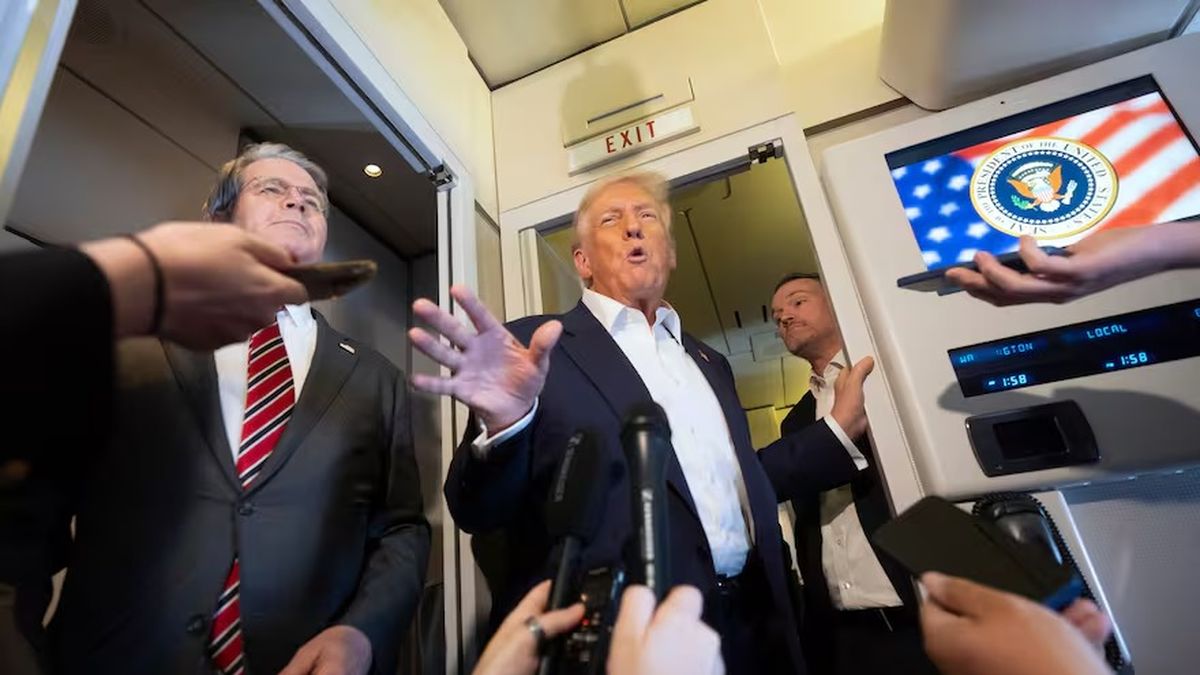A government label for steaks and schnitzels will soon show how the pigs once lived. There is already a widespread system of trading. How does this work?
There are already some seals and labels on meat packaging in the supermarket. Since 2019, this has included uniform labeling by large retail chains regarding the way animals are kept.
But there is also a state logo for animal husbandry, which Federal Agriculture Minister Cem Özdemir (Greens) is introducing by law. Does this possibly confuse consumers? At the Green Week agricultural trade fair in Berlin, the sponsoring company announced that the private top dog in the refrigerated shelf is aligning itself with the newcomer.
Where is the problem?
So far, there has been a somewhat complicated competition between meat logos. On the one hand, there is the widespread system of supermarket chains that many customers are familiar with. It has the imprint “Haltungsform” and one of the numbers from 1 to 4 is highlighted in a larger size on the labels. It shows one of the four levels with increasing demands on animal husbandry, combined with the colors red, light blue, orange and light green.
On the other hand, the state logo is coming soon. It has “Animal Husbandry” printed in a rounded black and white rectangle. And five small rectangles for five designated categories should show the type of husbandry.
What is planned now?
A logo with four steps is stuck next to one with five: This should now be avoided. The private seal will therefore also be given five levels in the summer, as the sponsoring company announced.
Specifically, the current level 4 called “Premium” is to be divided, which currently also includes organic goods. There will also be a separate level 5 in dark green for organic. The name of the steps should also be adapted to that of the state logo.
Both labels should therefore be able to be used side by side in the market. “Consumer confusion can be avoided in this way,” said managing director Robert Römer.
What do the steps actually mean?
The criteria for the levels – for pork – are expected to be adapted to the state logo at the beginning of 2025. The tier system then begins with the “stable” housing category with the legal minimum requirements.
The “Stable + Space” level provides 12.5 percent more space, while the “Fresh Air Stable” level provides contact with the outside climate. There are also the “run/pasture” and “organic” levels.
Then why are there two logos at all?
While the trade logo is on a voluntary basis, the legal one provides for mandatory labeling for domestic products from 2025. It should initially start with pork in the trade and only then be expanded to more and more products, animal species and sales channels such as the catering industry.
The private seal is likely to remain in place in parallel for a longer period of time. Because it already applies to meat and processed goods such as sausages from pigs, cattle and poultry. According to the wearer, it can also be seen in milk and dairy products.
What’s next?
The roadmap for the state logo stipulates that animal owners have until the end of August to report their stables to the authorities. The labeling will then be mandatory from September 2025, as the ministry explained. The owner of the private logo expects it to be widely available in supermarkets from summer 2025.
During Green Week, the animal welfare industry initiative also announced a collaboration with the fast food chain McDonald’s, which also wants to use the private husbandry logo. Through the initiative, which is supported by trade, agriculture and the meat industry, participating farmers receive price surcharges for additional animal welfare requirements.
Source: Stern




